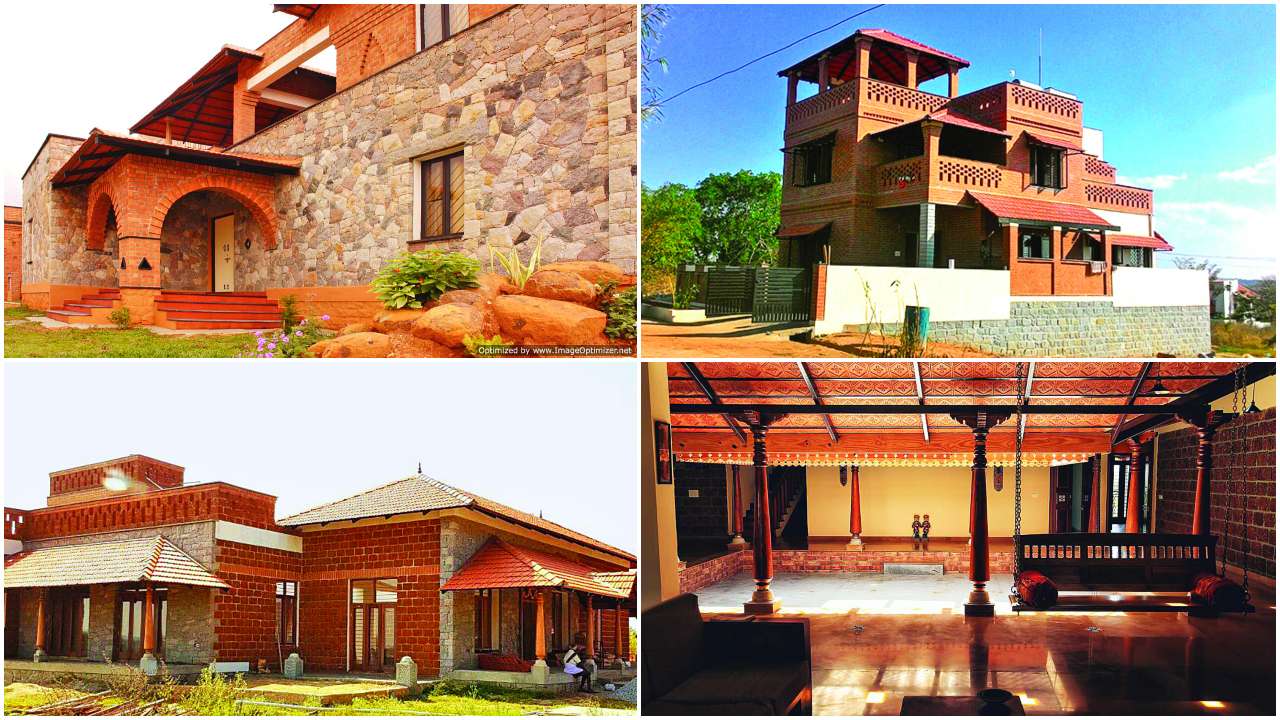What Is The Impact Of Architecture On The Preservation Of Vernacular Architecture?

Vernacular architecture is a term used to describe the traditional architecture of the local people. It is a form of architecture that is developed by the local communities over time, and reflects their unique culture, customs and environment. In this post, we will be discussing the significance of vernacular architecture, and the role it plays in preserving the cultural heritage of a community or society.
What is Vernacular Architecture?
Vernacular architecture is a form of architecture that is developed by the local people in response to their environmental, cultural, and social needs. It is an organic, evolving and adaptable form of architecture that is not designed by architects or professionals. Instead, it is created by the people who live in the community, and reflects the local traditions and customs of the people.
Why is Vernacular Architecture Significant?
Vernacular architecture is significant for several reasons:
1. Cultural Identity
Vernacular architecture reflects the cultural identity of a community or society. It is a form of architecture that is unique to a particular place and time, and reflects the traditions, customs, and values of the people who live in that place. Vernacular architecture helps to preserve the cultural heritage of a community or society, and promotes a sense of identity and pride among the people.
2. Sustainability
Vernacular architecture is sustainable in that it is designed to meet the environmental conditions of a place. It makes use of local materials, techniques, and technologies, and is adapted to local climate and weather conditions. Vernacular architecture is a form of architecture that is environmentally friendly, and helps to reduce the impact of human activity on the natural environment.
3. Adaptability
Vernacular architecture is adaptable in that it can be modified or extended to meet the changing needs of a community or society. It is an organic, evolving form of architecture that can be changed and adapted over time. Vernacular architecture is a form of architecture that is responsive to the changing needs and demands of a community or society.
4. Economic Value
Vernacular architecture has economic value in that it creates employment opportunities for local people, and promotes the use of local materials and techniques. It also helps to support local trades and industries, and contributes to the local economy. Vernacular architecture is a form of architecture that is economically sustainable and provides long-term benefits to the community or society.
Examples of Vernacular Architecture
There are many examples of vernacular architecture in the world, each reflecting the unique culture, environment, and social customs of a particular place and time. Here are a few examples:
1. Mud Houses in Yemen
Mud houses are a common form of vernacular architecture in Yemen. They are made of adobe, a mixture of clay, sand, and straw, and are designed to provide insulation from the hot and dry climate of the region. Mud houses are durable and adaptable, and can be modified or extended to meet the changing needs of the family or community.
2. Timber Houses in Norway
Timber houses are a common form of vernacular architecture in Norway. They are made of wood, and are designed to provide insulation from the cold and harsh climate of the region. Timber houses are environmentally friendly, and help to reduce the impact of human activity on the natural environment.
3. Cave Houses in Turkey
Cave houses are a common form of vernacular architecture in Turkey. They are carved out of the soft volcanic rock of the region, and are designed to provide insulation from the hot and dry climate of the region. Cave houses are naturally cool in the summer and warm in the winter, and are an example of how vernacular architecture can be adapted to meet the environmental conditions of a place.
Frequently Asked Questions
1. How is Vernacular Architecture Different from Modern Architecture?
Vernacular architecture is different from modern architecture in that it is not designed by architects or professionals. Instead, it is created by the local people who live in the community, and reflects their unique culture, customs, and environment. Modern architecture, on the other hand, is designed by professionals, and is often created without regard for the local traditions and customs of the people.
2. Is Vernacular Architecture Sustainable?
Yes, vernacular architecture is sustainable in that it is designed to meet the environmental conditions of a place. It makes use of local materials, techniques, and technologies, and is adapted to local climate and weather conditions. Vernacular architecture is a form of architecture that is environmentally friendly, and helps to reduce the impact of human activity on the natural environment.
3. What are the Advantages of Vernacular Architecture?
There are several advantages of vernacular architecture:
- Reflects the cultural identity of a community or society
- Is environmentally friendly and sustainable
- Is adaptable to changing needs and demands
- Provides economic benefits to the local community or society
4. What are the Disadvantages of Vernacular Architecture?
There are several disadvantages of vernacular architecture:
- May not meet modern standards of comfort and convenience
- May not be aesthetically pleasing to everyone
- May not be able to withstand natural disasters
- May not be suitable for all types of buildings and structures
Conclusion
Vernacular architecture is a form of architecture that is developed by the local people in response to their environmental, cultural, and social needs. It is an organic, evolving, and adaptable form of architecture that is not designed by architects or professionals. Vernacular architecture is significant in that it reflects the cultural identity of a community or society, is sustainable and environmentally friendly, is adaptable to changing needs and demands, and provides economic benefits to the local community or society. There are many examples of vernacular architecture in the world, each reflecting the unique culture, environment, and social customs of a particular place and time.



Post a Comment for "What Is The Impact Of Architecture On The Preservation Of Vernacular Architecture?"